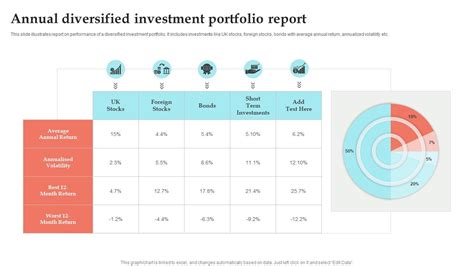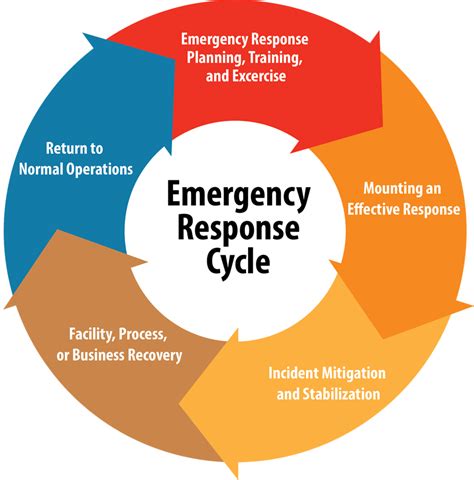Laying the Foundation: Understanding Your Financial Landscape
For many men, the journey to financial freedom begins not with aggressive investing, but with a clear understanding of their current financial situation. It’s impossible to optimize a budget if you don’t know where your money is truly going. The first critical step is to track every dollar that comes in and goes out.
Start by compiling all sources of income – salary, bonuses, side hustles, etc. Then, meticulously record all expenses over a month or two. This can be done with budgeting apps, spreadsheets, or even a simple notebook. Categorize these expenses into essentials (housing, food, utilities, transportation) and discretionary spending (entertainment, dining out, hobbies). This exercise often reveals surprising insights into spending habits and highlights areas ripe for optimization.

Setting Clear Financial Goals
With a clear picture of your cash flow, the next step is to define your financial goals. Are you saving for a down payment on a house, a child’s education, an early retirement, or simply an emergency fund? Specific, measurable, achievable, relevant, and time-bound (SMART) goals provide direction and motivation for your budgeting efforts. Break down larger goals into smaller, manageable milestones.
For example, instead of “save more money,” aim for “save $10,000 for a down payment in the next 18 months.” This clarity will dictate how aggressively you need to save and where you can cut back. Regularly reviewing these goals will help keep you on track and adjust your budget as life circumstances change.
Mastering Your Budget: Strategies for Optimization
The 50/30/20 Rule
A popular and effective budgeting framework is the 50/30/20 rule: 50% of your after-tax income for needs, 30% for wants, and 20% for savings and debt repayment. This guideline helps allocate funds without feeling overly restrictive. Needs include housing, utilities, groceries, and transportation. Wants cover dining out, entertainment, hobbies, and vacations. The 20% dedicated to savings and debt repayment is your wealth-building engine.
Automating Savings and Investments
One of the most powerful tools for budget optimization is automation. Set up automatic transfers from your checking account to your savings, investment accounts, and debt repayment accounts shortly after payday. This ‘pay yourself first’ strategy ensures that your financial goals are prioritized, reducing the temptation to spend money before it’s allocated.

Cutting Unnecessary Expenses
Once you’ve identified where your money goes, challenge every discretionary expense. Do you need all those streaming services? Can you negotiate lower insurance rates or phone bills? Are there cheaper alternatives for your daily coffee? Even small, consistent cuts can free up significant funds over time. Focus on value-based spending – ensure that every dollar spent aligns with your priorities and provides genuine value.
Accelerating Wealth Building and Financial Freedom
Debt Management and Eradication
High-interest debt, such as credit card debt, is a major impediment to wealth building. Prioritize paying off these debts aggressively. Consider strategies like the debt snowball (paying smallest debts first for motivation) or the debt avalanche (paying highest interest debts first for maximum financial impact). Once high-interest debt is eliminated, the money previously used for payments can be redirected towards savings and investments.
Investing Wisely for Growth
To truly build wealth, your money needs to work for you. Start investing early and consistently. Diversify your investments across various asset classes like stocks, bonds, and real estate. Utilize tax-advantaged accounts such as 401(k)s, IRAs, and HSAs, taking full advantage of employer matches. Consider low-cost index funds or ETFs for broad market exposure and passive growth. Professional financial advice can also be invaluable for crafting a personalized investment strategy.

Increasing Your Income Potential
Budget optimization isn’t just about cutting expenses; it’s also about increasing income. Explore opportunities for career advancement, skill development that leads to higher pay, or starting a side hustle. Every extra dollar earned can significantly accelerate your wealth-building journey, especially when channeled directly into savings and investments.
Building Financial Resilience and Long-Term Security
Establish an Emergency Fund
Before aggressively investing, ensure you have a robust emergency fund – typically 3-6 months’ worth of essential living expenses – stored in an easily accessible, high-yield savings account. This fund acts as a financial safety net, protecting you from unexpected job loss, medical emergencies, or home repairs without derailing your long-term goals.

Protecting Your Assets with Insurance
Adequate insurance coverage is a critical, often overlooked, aspect of financial security. Ensure you have proper health, auto, home, and life insurance. These policies protect your assets and your income-earning ability from unforeseen catastrophic events, preventing significant financial setbacks.
Regular Review and Adjustment
Your budget is not a static document; it’s a living tool. Review your budget and financial goals regularly – at least quarterly or annually. Life changes, income fluctuates, and goals evolve. Adjusting your budget ensures it remains relevant and effective in helping you pursue financial freedom.

Conclusion
Optimizing your budget to build wealth and achieve financial freedom is an ongoing process that requires discipline, consistency, and strategic planning. By understanding your cash flow, setting clear goals, implementing smart budgeting rules, automating savings, aggressively tackling debt, and investing wisely, men can take charge of their financial future. It’s about making conscious choices today that pave the way for a secure and prosperous tomorrow, empowering you to live life on your own terms.




